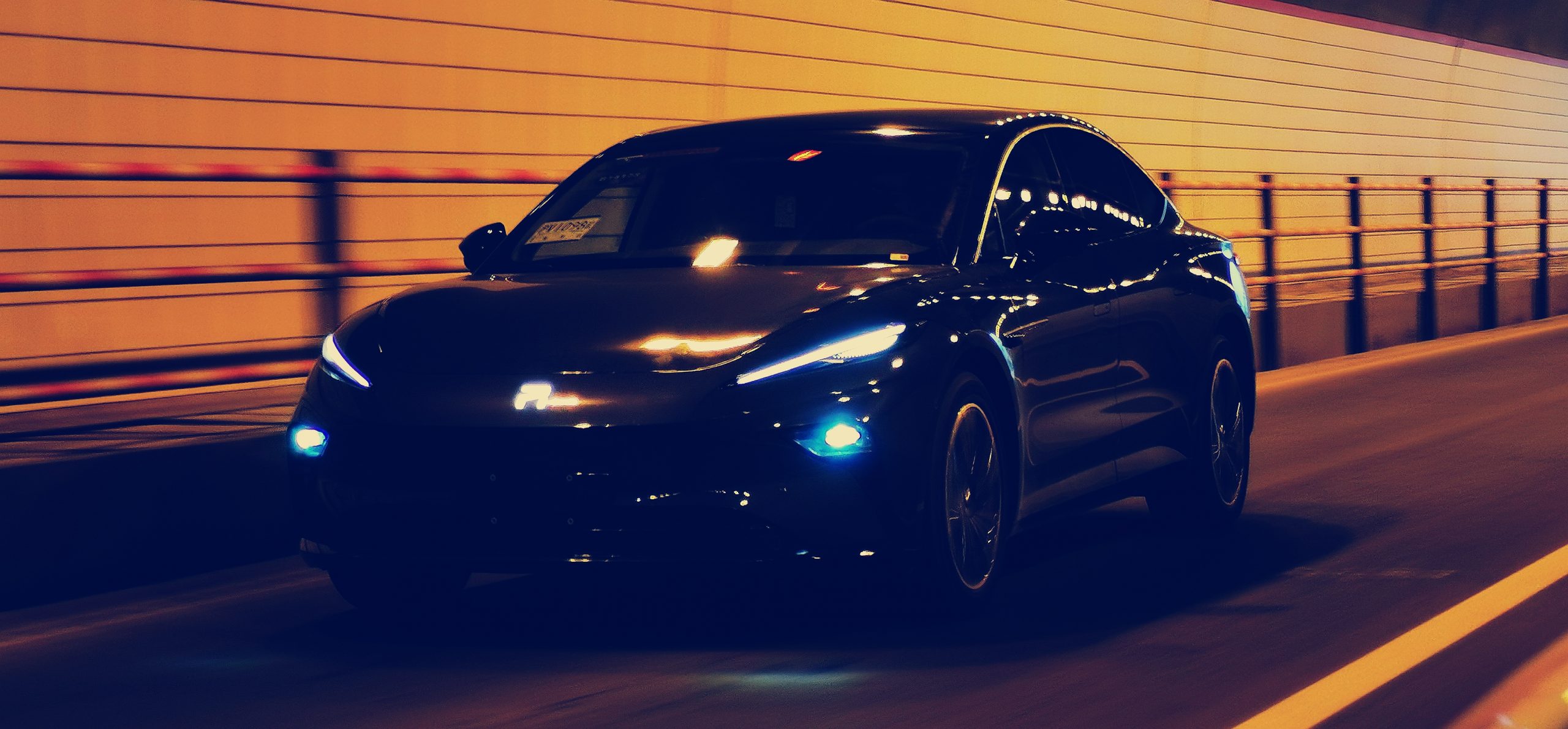If I were to define the F7, a product of SAIC (independent), in a sentence, I would say it is “the best car in the history of SAIC (independent)”.
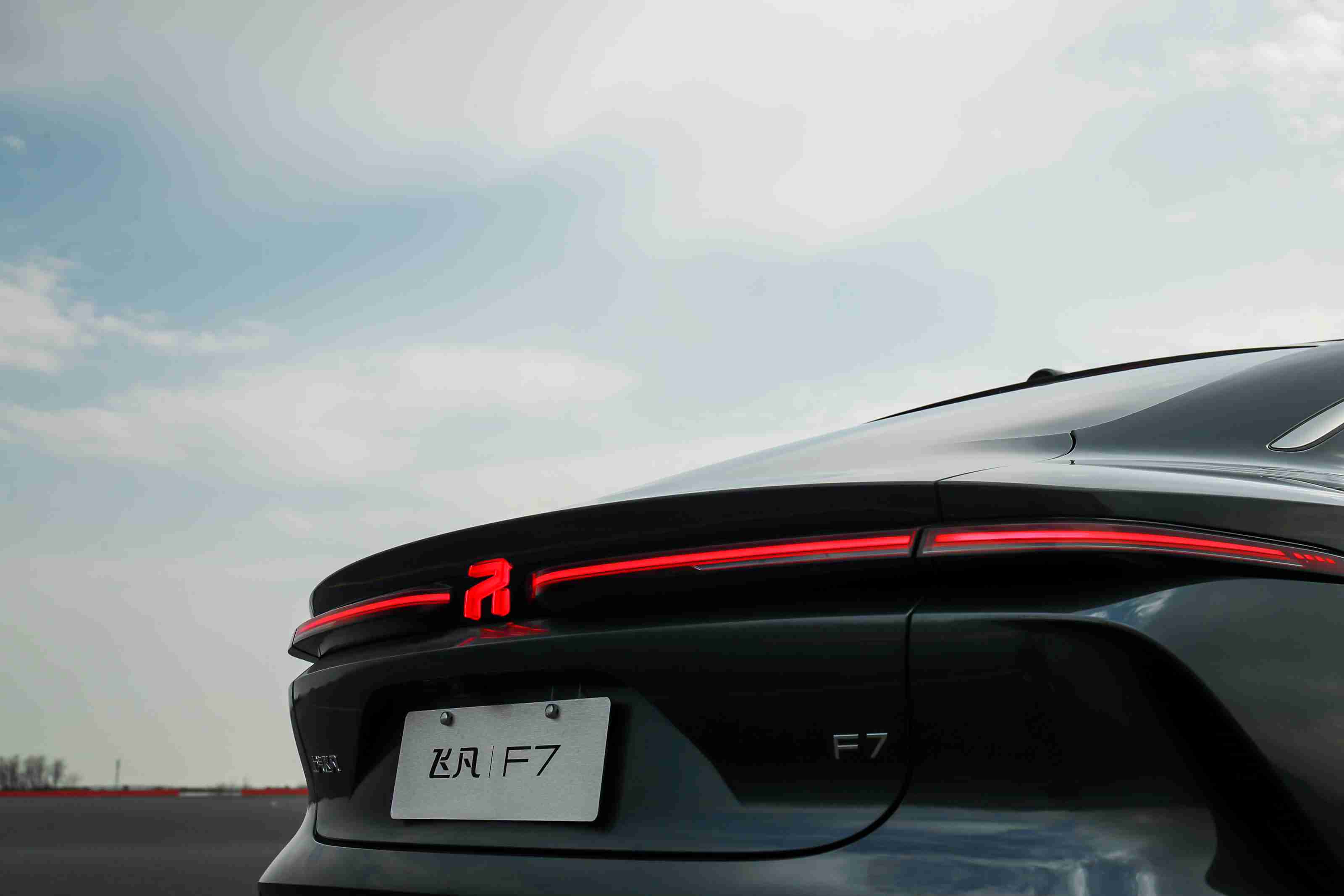
Starting from January 26, 2007, when SAIC Passenger Car and SAIC Technical Center were established, the independent business sector of SAIC has gone through 16 years, which can be divided into three stages:
The first stage is from 2007 to 2014, during which the main feature was the rapid establishment of the first-generation models of Roewe and MG brands, relying on overseas resources, including Roewe 750/550 and the first-generation MG6 which were developed based on the Rover 45/75 platforms, Roewe W5 developed based on the SsangYong Kyron platform, Roewe 950 which was built on the GM Epsilion II platform and was twin with Buick LaCrosse.
The second stage is from 2004 to 2020. With the accumulation of its own strength, SAIC began to develop new generation products based on self-developed technologies. With the launch of the “Blue Core / Green Core” power platform in 2014, Roewe and MG completed their product line iterations. The most successful products included the “world’s first internet SUV” Roewe RX5 and the second-generation MG6 that could accelerate from 0 to 100 kph in 6 seconds.
After 2020, the results of SAIC’s R and L projects were successively launched, which are now the F7 and IM brands, respectively. The development of SAIC’s independent business has also entered the third stage. Based on new vehicle architecture, electronic and electrical architecture and software architecture, SAIC has launched four models including the F7, IM L7, LS7, and F7 R7, and several subsequent products are expected to enter the market introduction phase.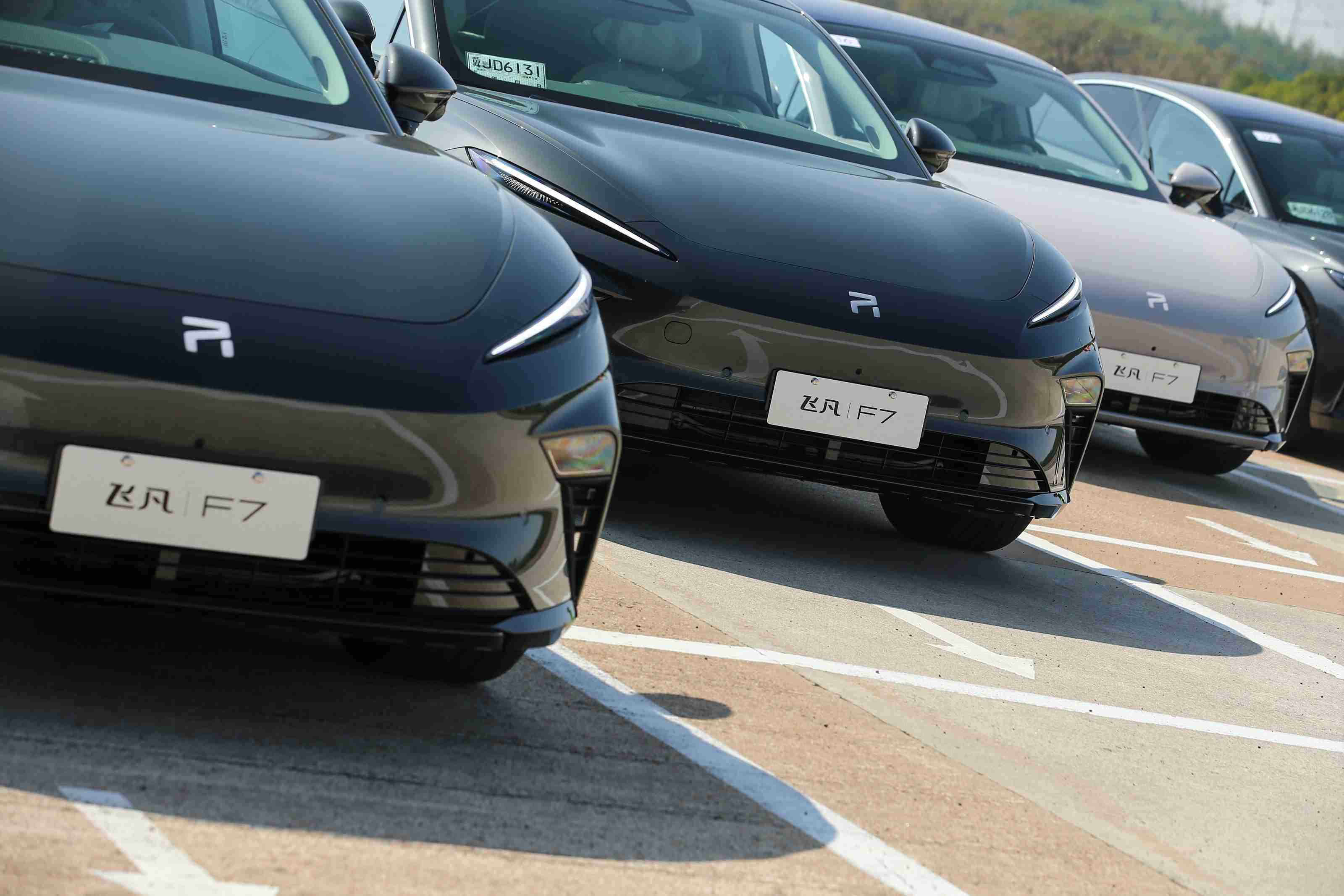
“FAW (Independence)’s best car ever”, the “best” can be interpreted from two perspectives:
One is that the absolute product strength of the F7 has reached a high level, truly achieving a “full-dimension high-level” or “comprehensive high-end feel.” Perhaps the word “balance” does not seem sharp enough from a marketing perspective, but it is precisely the “moat” that joint venture/luxury brands have firmly established over self-owned brands for a long time.
The second is that the product strength of the F7 is highly matched and consistent with its future price, which is very rare and significant in today’s new energy market with an undefined structure and drastic price fluctuations. In a smaller sense, the F7 will establish the “coordinate system” for future FAW products, and in a larger sense, the F7 may become an unknown “anchor” for the market at the same level/price.

What makes the F7 impressive? The most memorable thing for me is its seat comfort and overall driving performance.
I have sat on many comfortable seats before, but usually they are concentrated on some oversized SUV or executive sedan products. If these seats are directly transplanted to new energy sedans that are often subjected to large g-forces in the X and Y directions, the human body posture is often less than ideal. This has led to “riding comfort” being a scarce value in the booming new energy market, especially in the electric sedan market.
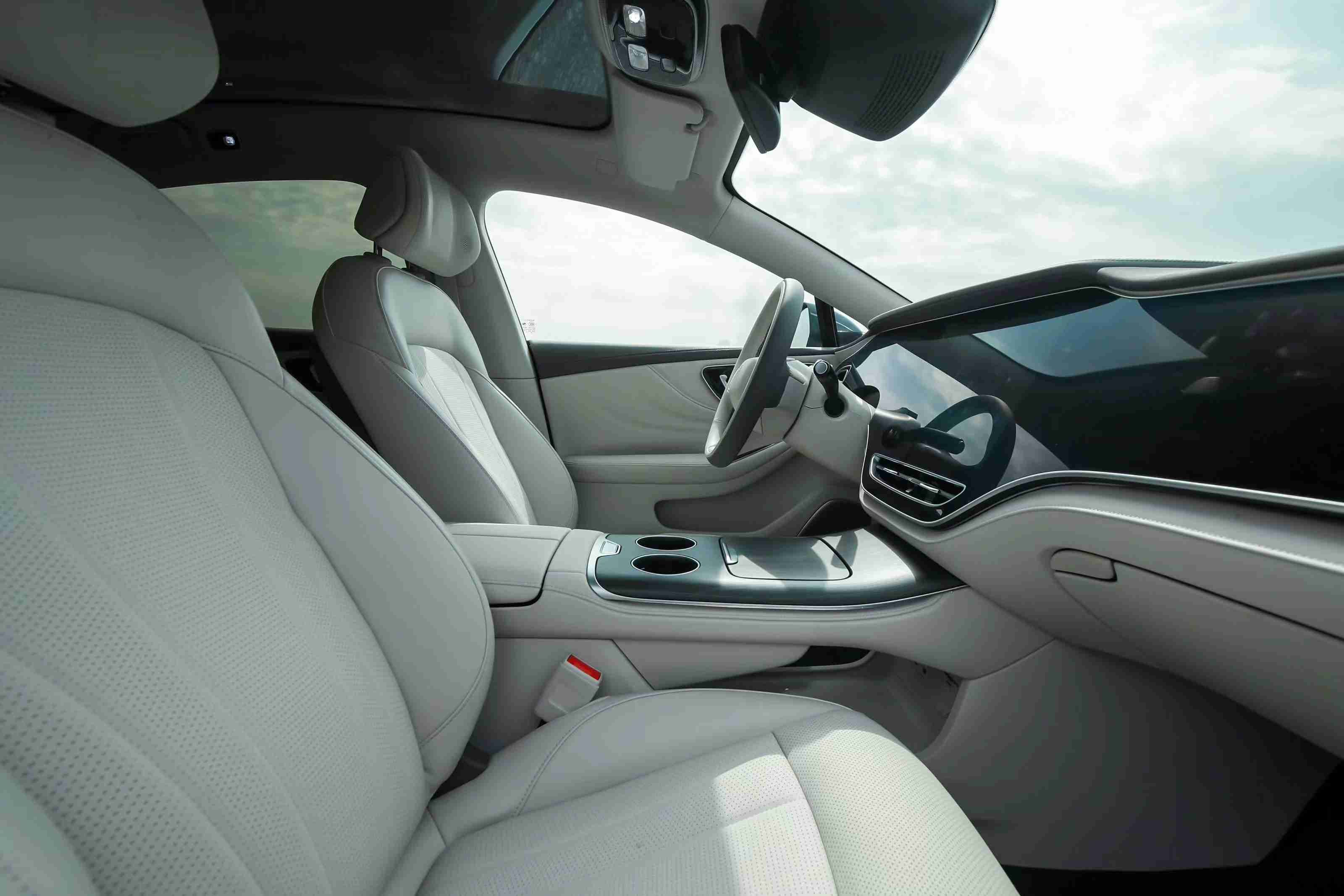
The comfort of the seats in the F7 is not just “soft,” its biggest feature is based on human-machine engineering, with its body curve fitting. I do not have actual measurement data, but an important indicator that characterizes fitting is the distance between the backrest and the seat. It is very high, almost close to my shoulder and neck, and the entire thigh-hip-waist-back is supported just right. So much so that I couldn’t even remember which car gave me a similar experience, was it really an S-Class? Or that “crazy” Lincoln Continental with over thirty adjustable positions?“`
The great fit of human body curves must be a small system engineering related to the geometric dimensions and cross-sectional design of the seat, the hierarchy, thickness, and density of the foam material, and the functional adjustment of the seat surface; and the ability of the system engineering must be in their own hands, it is almost impossible for supplier’s standard version to achieve such effect.
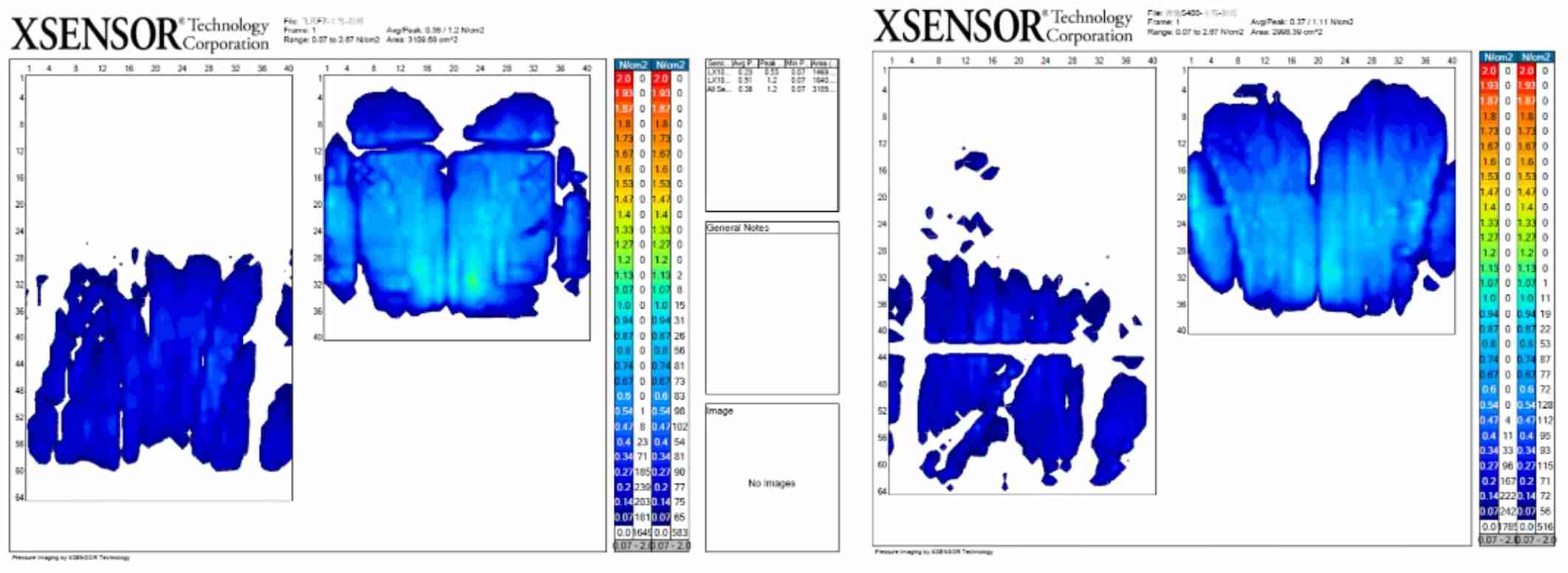
The most direct benefit brought by the super high fit of human body curves is that the pressure distribution of the entire seat of the F7 is very ideal. Simply put — low peak value, low mean, small fluctuation, and large contact area. If objectively compared with data under 95% specifications with controlled variable testing, the pressure distribution of the driver’s seat of F7 is extremely close to that of the current S400 model, and even the contact surface area of the cushion exceeds that. This really exceeds our traditional understanding of a product with a price of 300,000.
Due to the absence of discomfort caused by a single or a small number of pressure peaks, the biggest advantage of reasonable pressure distribution is that long sitting is not tiring. When I drove the F7 for a long distance and time on high-speed, mountainous, and moderately rugged urban and rural roads, this feeling was particularly evident.
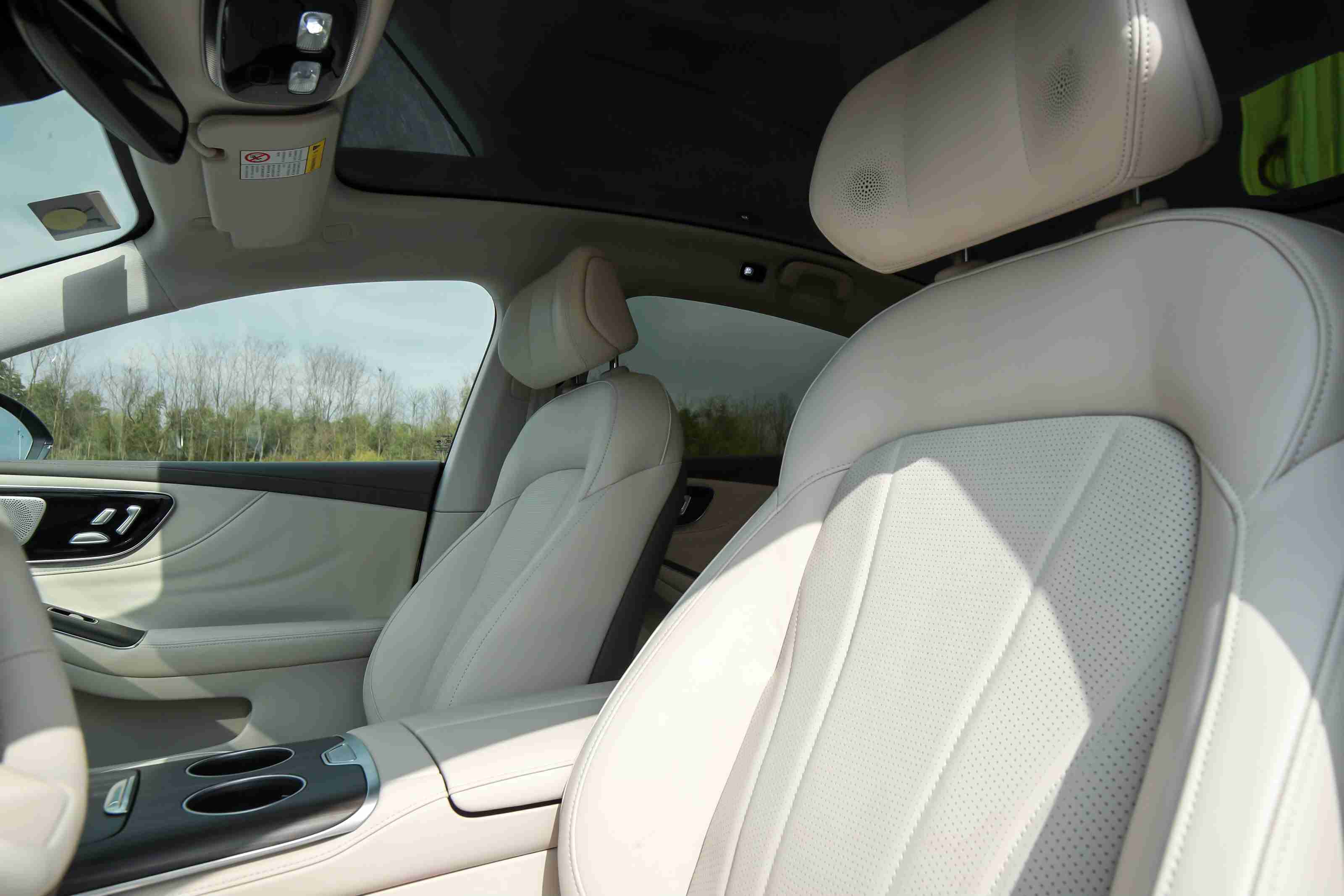
Finally, it’s worth mentioning that although the seat geometry is large, and the F7 is not a product with a strong sports orientation, the lateral support of this seat and the maintenance of human posture during moderate to intense driving and high-speed cornering are also feasible. The body will not tilt to one side, nor will it need to struggle with the steering wheel.
Overall, the F7 seat of FEIFAN has achieved a high level of comfort and good adaptability, including adaptation to different body types and different working conditions and the maintenance of human posture.
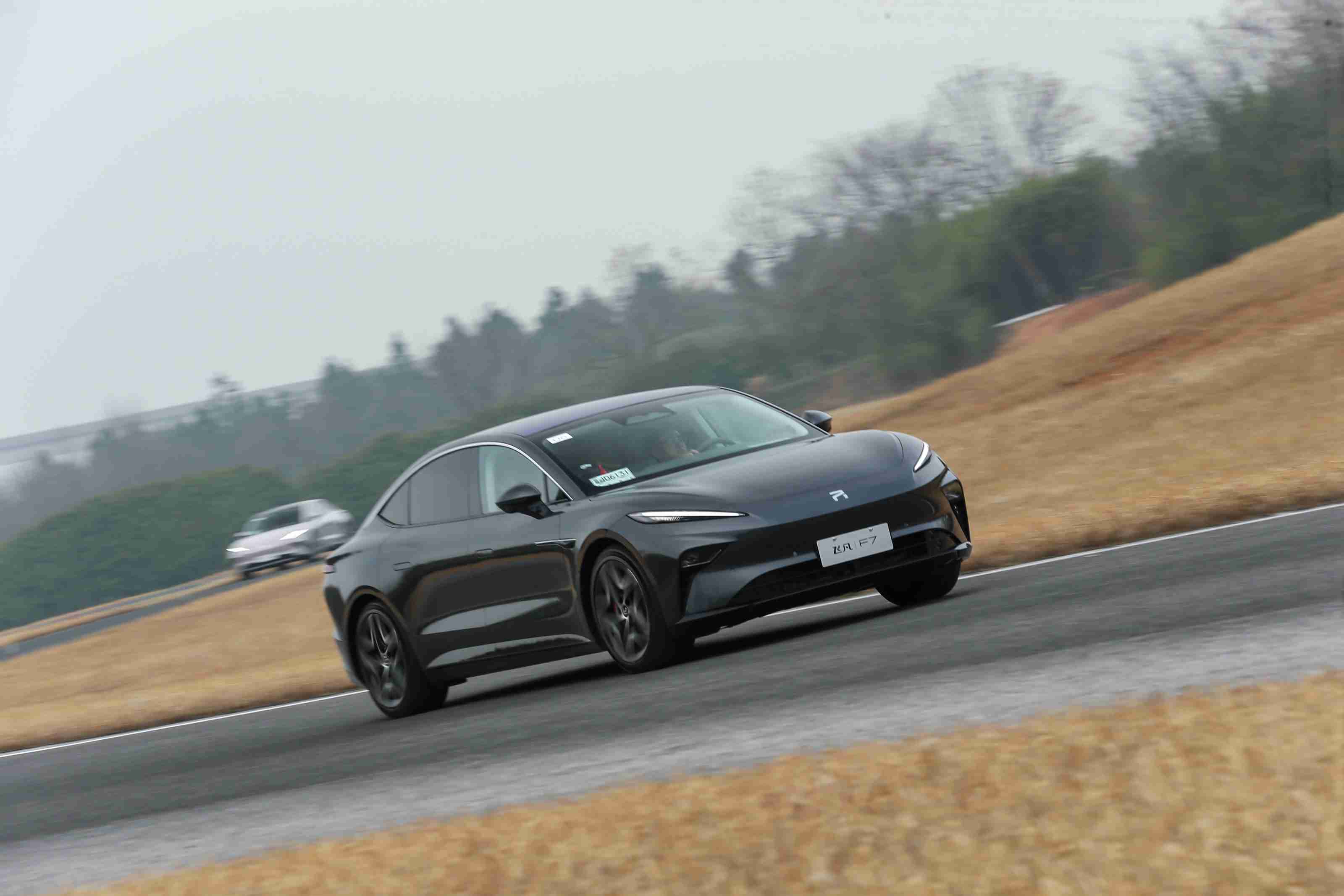
Such features have also been brought to the overall dynamic performance of the F7.
“`
Several years ago, it was hard to imagine a car priced under 300,000 yuan using a double-wishbone/multi-link front suspension structure and an almost all-aluminum chassis. However, when the Fyber F7 debuted in such a manner, some people still questioned its lack of air suspension and CDC. Today’s mainstream new energy vehicle market is indeed overwhelming.
But just as “riding comfort” was previously a scarce value in the electric car market, “comfortable chassis with a sense of luxury” is also the case, isn’t it?
The NIO ET7 has reached the pinnacle of chassis specifications and configuration, but the initial calibration was indescribable. After two OTA updates, the latest version has greatly improved in comfort, but there is still a lot of room for improvement in attitude control under lateral g-forces and undulating road surfaces.
The extreme KAE is marketed as a handling-focused vehicle, but it is actually known for its comprehensive mechanical qualities. It has a sense of luxury when it comes to suspension damping, but its excessively strong handling feel, excessively strong air suspension float, and slightly sluggish tail tracking make many drivers uncomfortable.
Back to the F7, three core points give me my subjective impression in terms of its dynamic aspects: easy to control, stable attitude, and free definition.
The first time I drove the F7 was a direct switch from the extreme KAE. The two cars are vastly different in terms of control and composure. On a dimly lit rural road, the KAE always made me slightly nervous, as someone who is used to driving and likes driving big cars, while the F7 drove through traffic as if it were a walk in the park, giving me a slight illusion – is this really a large sedan with a length of 5+3 meters?
This contrast is undoubtedly due to my familiarity with SAIC products, but the driving characteristics of the F7 itself are also praiseworthy.
Especially noteworthy is its steering and throttle control, which are extremely linear and delicate, with a proportional feel that matches the driver’s inputs, a uniform feeling of feedback damping, and the resulting communication between the driver and car from turning the steering wheel to the response of the front end and the following of the rear end, can immediately bring a very strong sense of satisfaction to most people.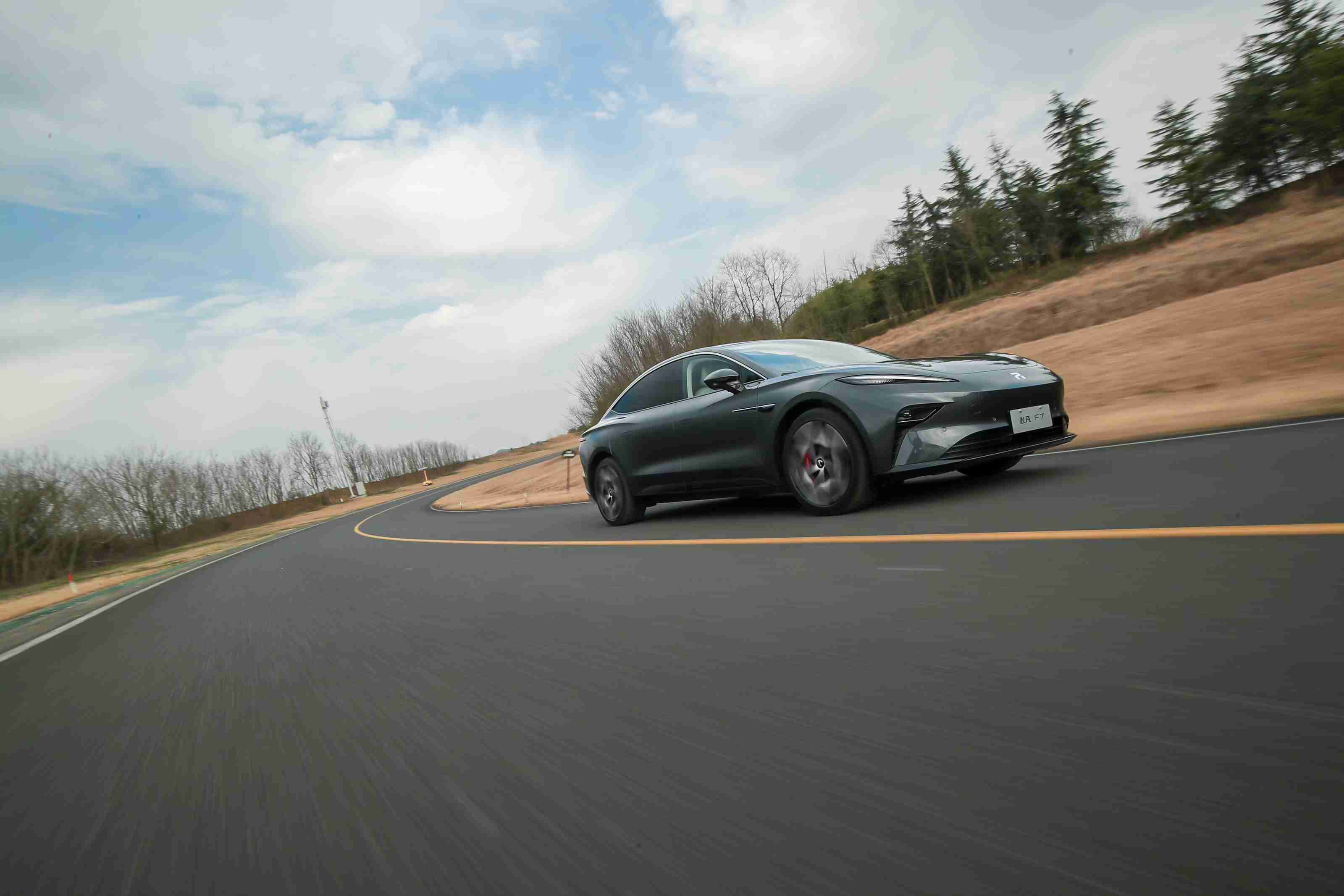
Just follow the correct racing line through the bend and you will hardly need to make any adjustments in the corner. If you grip onto the apex and press down on the accelerator pedal, the vehicle will approach its limit in a perceivable linear fashion. Even if you oversteer or make an emergency evasive maneuver in the corner, the soft center of gravity shift will give you a strong sense of safety.
Based on this clear perception, I strongly feel that this car can fully tap into the potential driving pleasure of high-torque rear-wheel drive characteristics on the foundation of high controllability. This judgment has been verified by the driving experience in various road conditions afterward.
To sum it up, the Flying Fish F7 is exceptionally easy to anticipate the dynamic changes of the vehicle that will follow your inputs.
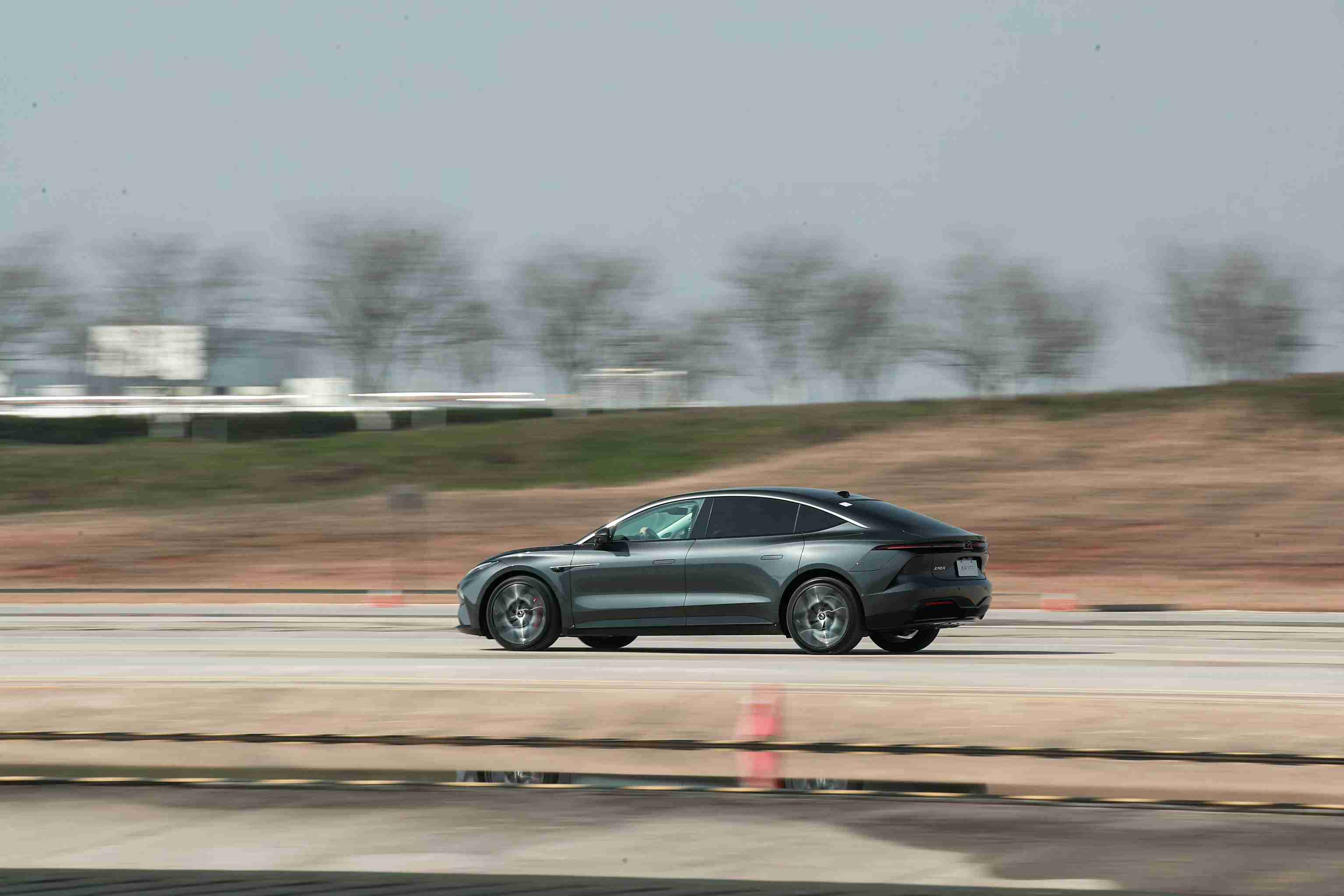
Next, let’s talk about the stability of F7’s attitude. This is not simply achieved by controlling roll and pitch. Even on rough long-wave roads, even at a speed of 100km/h, the suspension will not be compressed or stretched to the limit, and the vehicle’s rear-end will be firmly held in every up-and-down movement, and the damping force is set in a very sophisticated way.
The same situation also happens in the common condition of going up and down the bridge in the Yangtze River Delta region. Even without the perception of CDC, before the front suspension receives shocks and pitch changes, and then immediately adjusts the damping force of the rear suspension, F7’s rear-end will not show uncontrollable vibrations either when going up or down the bridge. This kind of vertical stability of the rear-end is unmatched by other vehicles like ET7, 001, or S-Class.
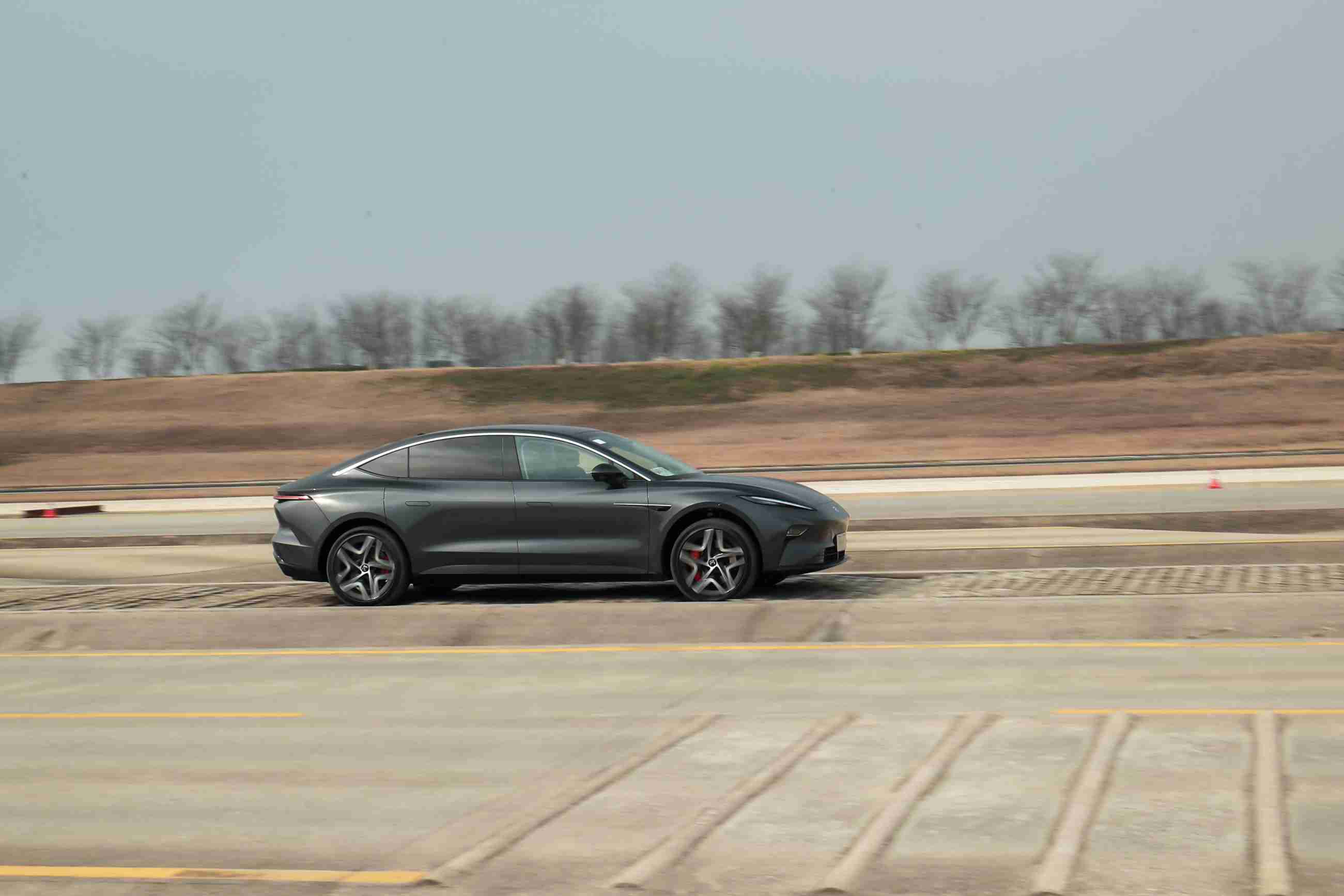
On small, choppy Belgian roads, which are usually considered to be the most advantageous interval of air suspension plus CDC, F7’s second-order vibration control is also of a very high level. In terms of subjective filtering sensation and comfort, F7’s overall performance is not significantly inferior to others.Even though F7 may be slightly inferior to the mentioned floating car model in terms of peak impact on the body when faced with strong road stimuli, its subjective feeling is very good, mainly manifested by the fact that under the same working conditions, F7’s vibration control is mainly concentrated in the vertical direction, while ET7 and 001 both have obvious pitching.
In a sense, whether it feels good or comfortable to drive, a stable body posture can be seen as its most intuitive expression.
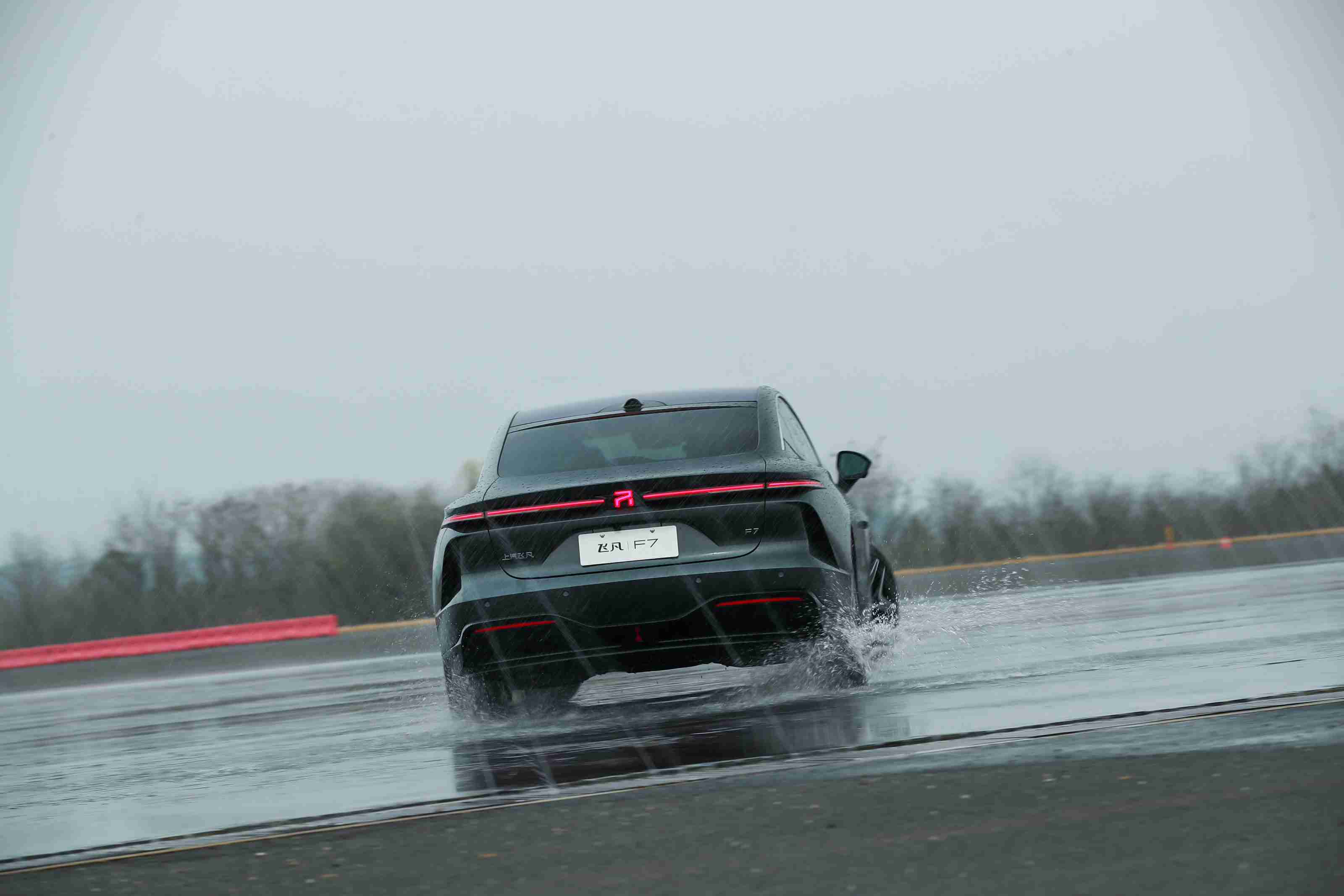
The dynamic part finally mentions F7’s free definition.
Is 3.7 seconds fast? Of course it is, but all car models are actually similar;
Power release, energy recovery, steering feel, single pedal mode… all these can also be adjusted by most car companies.
When there is no powertrain composed of an engine and a gearbox, and the hardware specifications are becoming more and more homogeneous, how can product differentiation and personality be achieved, and then show the understanding of dynamic driving pleasure or pleasure?
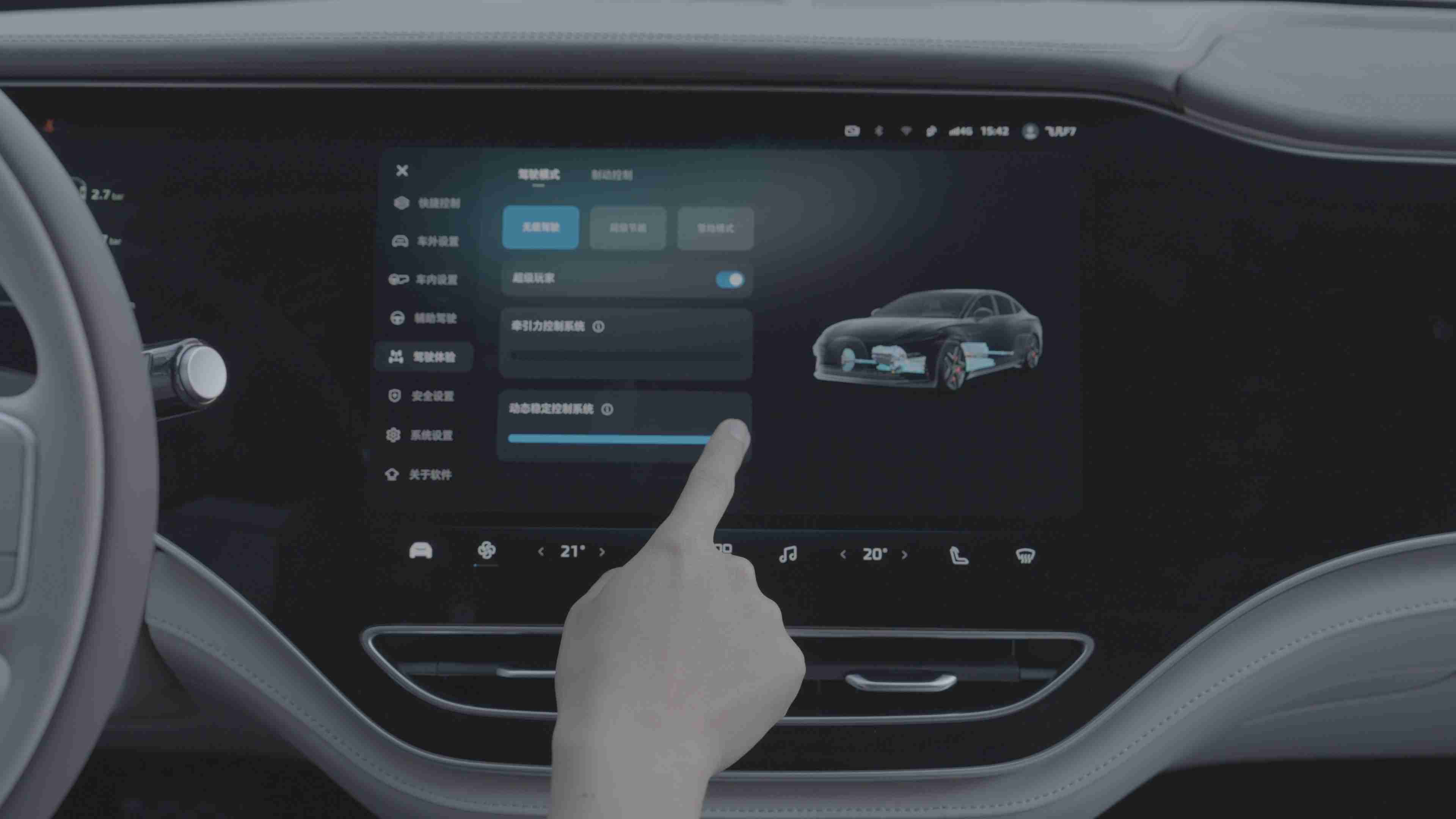
The answer given by F7 is the super player mode, and its two core elements are the two-drive/four-drive switch based on the front axle one-way clutch and the ESC/TCS, which can continuously adjust the intervention intensity and can be completely closed.
Different from ET7 and 001, which distribute power equally to the front and rear, F7’s power design of 150kW/250N·m at the front and 250kW/450N·m at the rear naturally has better playability.
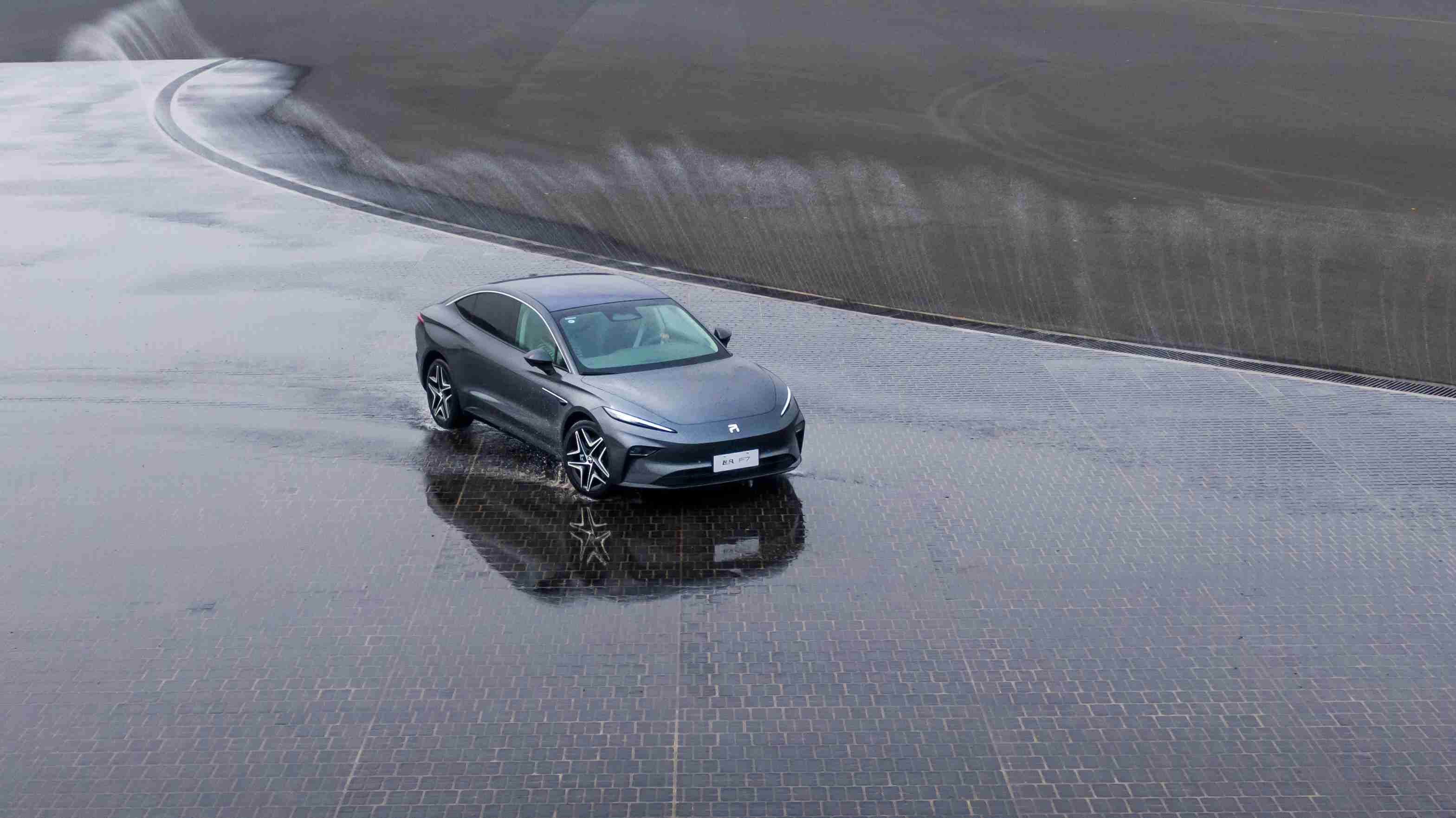
Due to the large torque of the rear axle and the same front and rear tire width, in the rear-wheel drive + ESC off state, the F7 rear axle is very easy to break through the limit of grip and start drifting, and the delicate steering control and gentle center of gravity transfer can make the vehicle very stable when turning in the opposite direction, making it easier to maintain sustained circular drift compared to most cars, with corrections made using throttle and direction.When driving on a typical track, the power distribution can be adjusted to the default setting of 3:7 for the front and rear axles, which can induce oversteer to help the vehicle to turn into corners, making the car feel just right and responsive.

In addition to fully unleashing the enjoyment of driving with the high torque of the rear-wheel drive, thanks to the one-way clutch structure that can completely disengage the mechanical connection, the F7 has no drag and almost no extra energy loss during two-wheel drive cruising, achieving a balance between the energy consumption of two-wheel drive and the performance of four-wheel drive.
All of this is closely related to the F7’s free customization, which underpins the idea of customers being the masters of their own cars.
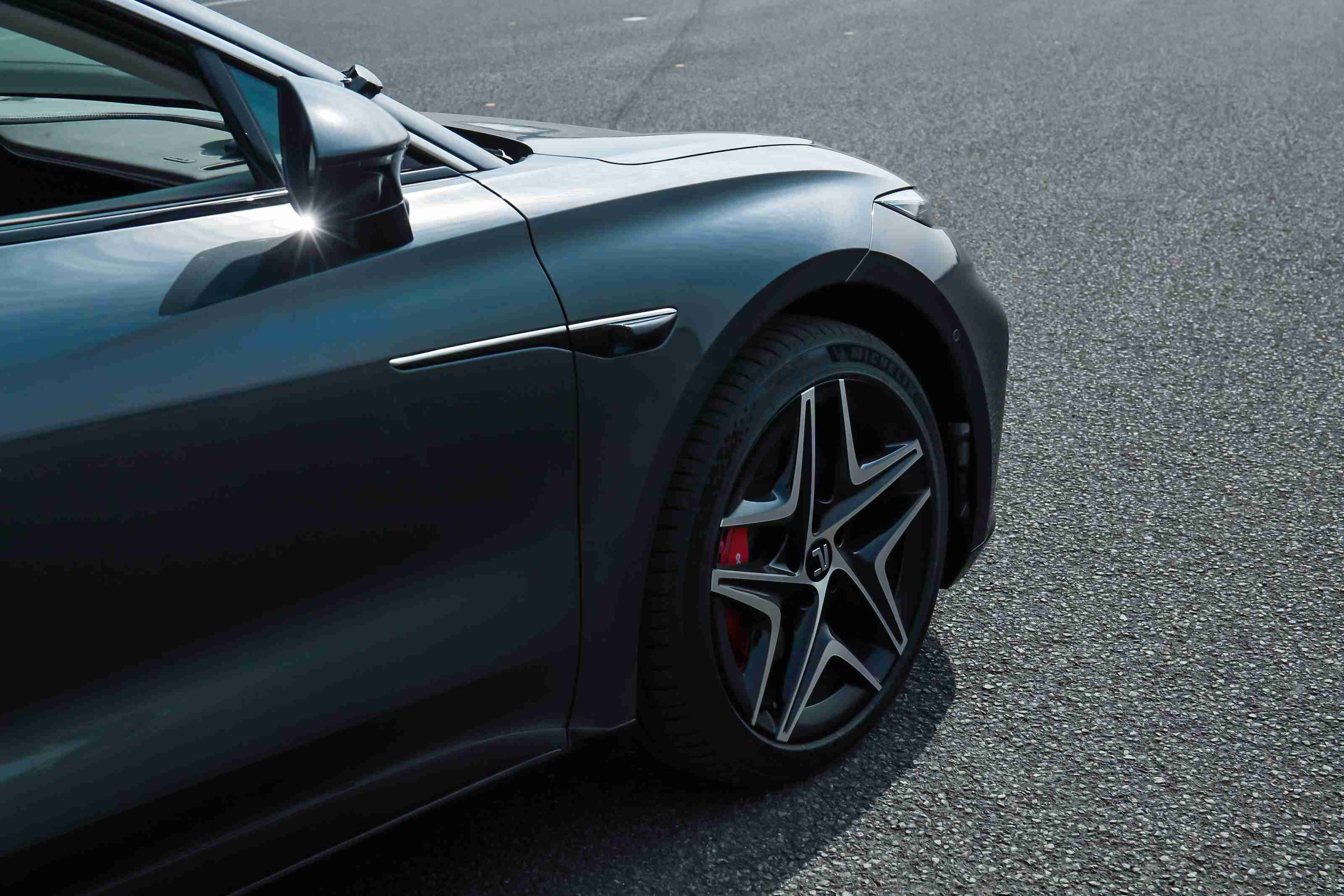
This article is not a detailed car review, nor is it promotional content; it is simply based on the author’s real feelings and understanding, hoping to share with everyone the two most outstanding features of the F7.
Of course, the F7 has more excellent features than those mentioned in this article, but since the focus of this article is limited, further elaboration will be omitted.
The F7 also has some shortcomings, such as my objection to the inconsistent design of the door panels and center console, the poor usability of the storage compartment and wireless charging pad design in the central aisle, and the difference in comfort between the rear and front suspension. However, these are minor issues that should be improved in the next product upgrade, which does not change the opening evaluation of the article that this is the best vehicle ever developed by SAIC (an independent automaker) in its history.

As for the F7, we hope it can ultimately achieve a market position that matches its product strength. In the broader context of China’s automotive industry catching up and surpassing other countries, we also hope that the F7 can become a beautiful wave in this grand narrative. When these beautiful waves converge and continue the dream and goal of building a strong automotive country for more than half a century, the achievement will be naturally achieved.# Translation of Chinese Markdown Text into English Markdown Text with HTML tags preserved
Our Company’s Achievements in the Past Year
Introduction
Our company has achieved outstanding results in the past year, which is inseparable from the hard work of all employees and the support of our clients. Here we summarize the major achievements and express our sincere gratitude to everyone who has contributed to our success.
Sales Performance
Our company’s sales revenue in the past year was $50 million, a 30% increase compared to the previous year. Our sales volume has also increased significantly, reaching 100,000 units.
Product Innovation
In the past year, we have launched 5 new car models, with unique features and designs that have received high praise from our customers. Our company’s research and development investment has reached $10 million, demonstrating our commitment to innovation.
Brand Recognition
Our brand recognition has also been significantly improved, with a 40% increase in brand awareness compared to the previous year. Our customer satisfaction rate reached 95%, indicating that we have successfully provided high-quality products and services to our clients.
Conclusion
In the future, our company will continue to adhere to the principles of innovation, quality, and service, and strive to achieve more brilliant results. Thank you all again for your hard work and support.
This report was generated by our internal data team on March 13, 2023 in Shanghai.
This article is a translation by ChatGPT of a Chinese report from 42HOW. If you have any questions about it, please email bd@42how.com.
